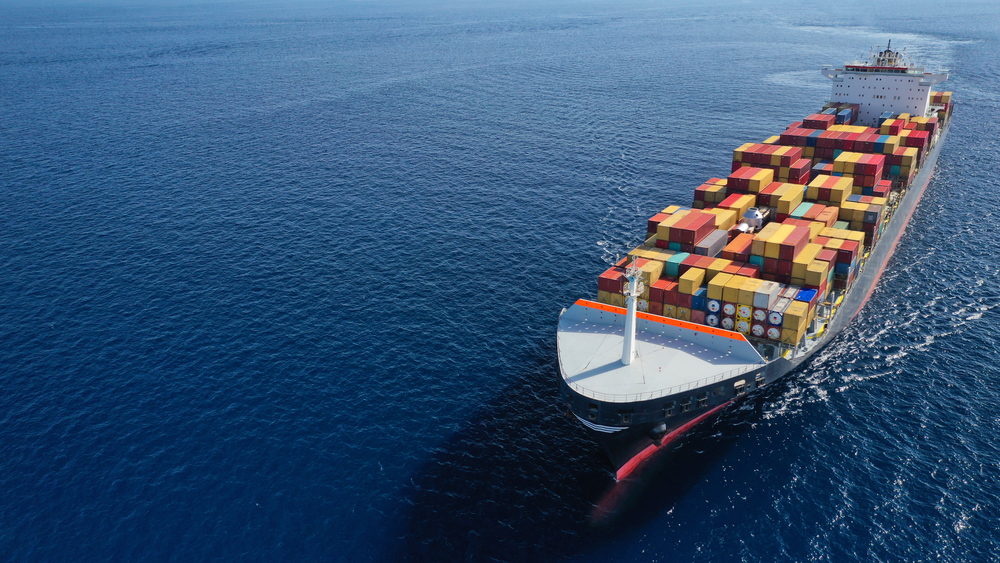
The pandemic years were an incredible boon for ocean freight operators. Spiking demand sent spot prices soaring, while port congestion and tangled supply chains compounded accessorial charges and other fees. But just as the pandemic ended, so too have the sky-high container-shipping rates of the era. Today, they’re back at pre-pandemic levels and falling even lower. Although this is good news for shippers, all signs point to a lack of sustainability in bottomed-out prices. If ocean rates don’t rebound soon, there will be broader implications for the economy.
Why Rates are Low?
Container-shipping rates have been declining since the spring of 2022 and are now at multiyear lows. Numerous factors have contributed to this decline, including:
- Weakening demand for imports: The global economy has slowed, leading to a decline in demand for imports. This is especially true for the world’s largest exporter, China.
- Increased supply of container ships: There’s now a surplus of container ships and capacity on those ships, which has continued to put downward pressure on rates.
- Improved port congestion: Port congestion has eased in recent months, helping to lower rates. Fewer barriers to drayage have reduced total landed costs.
It’s important to note ocean freight rates are cyclical and likely to fluctuate in the near term. Even though the expectation is these rates will remain low through 2023, there’s hope they will stabilize later this year.
The Sign of a Slowing Economy
Low container-shipping rates are typically a hallmark of a slowing economy, largely because they signal a decrease in demand for imports. Along with overcapacity across all ocean lanes, shipping companies are forced to compete for customers, thereby driving down prices. Unfortunately, this has broader implications for the economy.
Historically, low freight rates have correlated with economic contraction.
- In 2008, the global economy experienced a recession, while ocean freight rates fell by 40%.
- In 2015, China’s economy slowed, and ocean freight rates dropped by 20%.
- In 2023, the global economy is slowing down again, with ocean freight rates falling 30%.
Although low container shipping rates aren’t always a sign of a recession, they’re often an indicator the economy is slowing. The longer rates stay depressed, the larger the negative implications are for the broader economy.
Rates Can’t Stay Low Forever
Depressed ocean freight rates are a great opportunity for shippers. But in the long term, they pose a danger to economic viability. The implications of low rates include:
- Job losses in the shipping industry: Already saddled with crewing issues, shipping companies can’t afford job losses. An inelastic workforce is at risk as rates remain low.
- Disruptions to global supply chains: When shipping companies are unable to profit, they’re less willing to invest in new ships, leading to potential shipping delays.
- Weaker economic growth: The inability of shipping companies to profit from transoceanic voyages creates trade imbalances, which can weigh heavily on the economy.
Low container rates are both a sign of a stagnated economy and a contributor to one. As the United States hopes to continue stabilizing its economy post-pandemic, freight rates must rise to a healthy level before they contribute to an economic backslide that kicks off a recession (or depression). Thankfully, this is exactly what they’re expected to do in the back half of 2023.